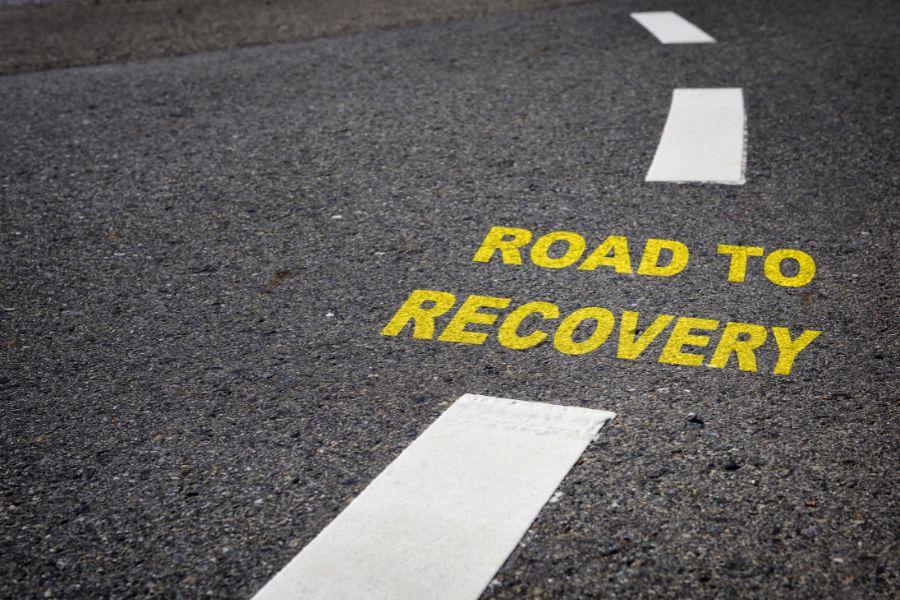Residential Dual Diagnosis Treatment Supports Recovery Safety
Community Corrections Residential Dual Diagnosis Treatment (RDDT) is a program designed for adults who suffer from challenges of severe substance use disorders and chronic mental illnesses coupled with a history of felony criminal conduct.
RDDT plays a critical role in not only aiding individual recovery but also in enhancing community safety. The program addresses the root causes of substance abuse and mental health issues, contributing to a noticeable reduction in crime and creating a safer, healthier community.
This comprehensive 90 to 120-day program focuses on improving emotional well-being, offering a foundation for a healthier, more balanced life. The program aids in achieving and maintaining remission, breaking the chains of addiction.
Participants learn vital skills for managing emotions and reactions, which are essential for personal growth and recovery. RDDT encourages the development of positive social behaviors, fostering a sense of community and belonging.
How Does RDDT Work?
Tailored Approach
Each participant receives a personalized treatment plan crafted through detailed mental health, substance abuse, and psychiatric evaluations, along with a personalized case plan prepared through standardized assessments and collateral information.
Structured Environment
The program provides a safe, controlled setting with 24/7 supervision, ensuring a focused recovery journey.
Diverse Therapies
Participants engage in weekly group counseling and individual therapy alongside targeted case management, proactive crisis intervention contacts, individual medication management contacts, and vocational services. This holistic approach is crucial for building the skills needed for continued treatment and eventual reintegration into the community.
Continued Care
Post RDDT, individuals are typically referred to an enhanced outpatient program, ensuring ongoing support and care.
Learn more about RDDT.

